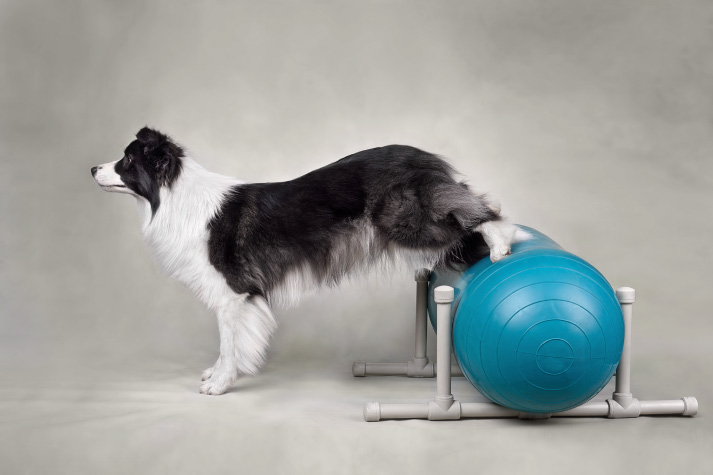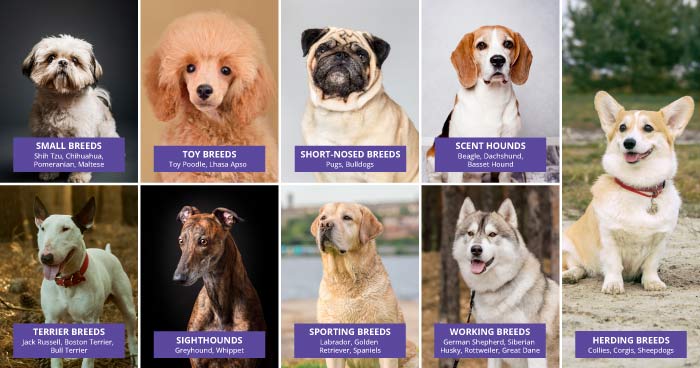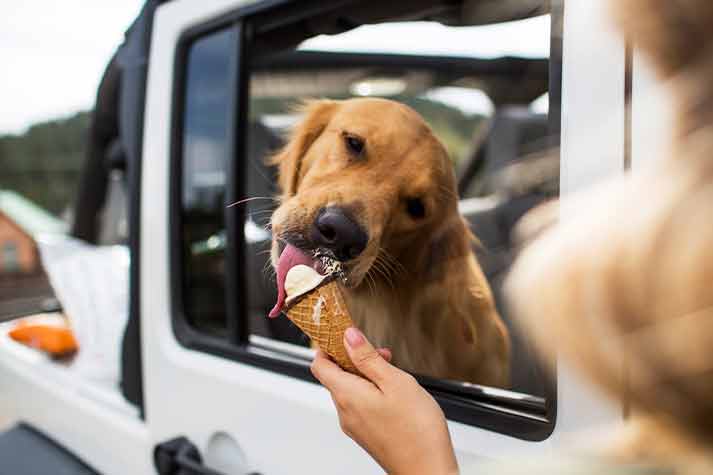
23 Oct
How Much Exercise Does my Dog Need Daily?
We all know the saying "All work and no play makes Jack a dull boy." But what if Jack is your four-year-old Jack-Russel terrier or German Shepherd? Exercise isn’t just about keeping your dog fit; it also supports their mental well-being.
While it is well known that exercise helps prevent health issues, many don’t realize it also plays a crucial role in behavioral stability. Puppies and younger dogs who are bursting with energy usually need more physical activity to channel their enthusiasm, making exercise an essential part of their routine.
Why Exercise is Essential for Your Dog
Yes, it is well documented that exercise is essential for your dog. From maintaining physical fitness to providing mental stimulation, exercise is a fundamental aspect of dog ownership.
Here are a few reasons why:
- Promotes better health and improves sleep quality.
- Lowers the risk of heart disease, liver issues, kidney problems, and diabetes.
- Helps maintain a healthy weight, reducing obesity risks.
- Keeps dogs active, happy, social, and mentally stimulated.
- Alleviates strain on joints, preventing arthritis and ligament injuries.
- Boosts confidence, intelligence, and overall well-being.
Signs Your Dog Needs More Exercise
Since exercise acts as a release valve for your pet, a lack of exercise can easily lead to restlessness. It can also manifest itself as several different (and often destructive) behaviours:
- Engaging in destructive behavior (chewing furniture, excessive barking, or digging)
- Newly adopted dogs displaying hyperactivity or restless behavior may need more physical outlets
- Constantly seeking your attention and playtime, even when you’re trying to relax
- Frequent trash raiding, door scratching, or chewing objects (signs they need more activity)
- Staying active at night instead of sleeping indicates a lack of daytime stimulation
- Potential pet owners should research breed-specific exercise needs before adopting a dog
Key Considerations Before Adopting a Dog
Any pet animal will have their set of needs. These needs will vary from dog to dog, and it is important to satisfy these basic needs to keep your new dog happy. In short, you need to consider the following factors and decide whether you can tend to the needs of your furry friend.
Before you adopt a dog:
- Ensure you have enough space for your dog to move around and play.
- Consider your lifestyle; does it align with your dog’s energy levels?
- Evaluate whether you have enough time to exercise and engage with your pet.
- Avoid adopting a highly active breed if you lead a professional or sedentary lifestyle.
How Breed Affects Exercise Needs

No two dogs are exactly the same, nor are their needs. The same goes for the exercise required daily. Different breeds have varying energy levels, which determine their exercise requirements. Make sure to make your decision based on the amount of time you can spend with your pet regularly.
Here’s a rough estimate of how much time and what sort of stimulation a dog breed requires:
- Small Breeds (Shih Tzu, Chihuahua, Pomeranian, Maltese): Require 30-minute walks.
- Toy Breeds (Toy Poodle, Lhasa Apso): Need additional mental stimulation and exercise.
- Short-Nosed Breeds (Pugs, Bulldogs): Limited to 20-30 minutes of low-intensity exercise due to overheating risks.
- Scent Hounds (Beagle, Dachshund, Basset Hound): Need 60-90 minutes of daily exercise.
- Terrier Breeds (Jack Russell, Boston Terrier, Bull Terrier) – Require 60-90 minutes of activity.
- Sighthounds (Greyhound, Whippet): Need about 45-60 minutes of running or sprinting.
- Sporting Breeds (Labrador, Golden Retriever, Spaniels): Require 120 minutes (2 hours) of exercise.
- Working Breeds (German Shepherd, Siberian Husky, Rottweiler, Great Dane): Need around 120 minutes of physical activity.
- Herding Breeds (Collies, Corgis, Sheepdogs): Have similar exercise demands as sporting and working dogs.
Guidelines to Remember While Exercising Your Dog
- Puppies and small dogs should engage in short but frequent play sessions.
- Excessive exercise can hinder the growth of small toy breeds.
- High-energy breeds need at least 30 minutes of aerobic activity daily.
- Walking in parks is essential for dogs that lack sufficient indoor exercise.
- Breeds like Pugs and Labradors are prone to obesity if not exercised properly.
- Medium-to-large breeds require varied walking routines to prevent boredom.
- Adjust exercise routines based on breed preferences—some enjoy brisk walks, others prefer sprints.
- Morning and evening exercise schedules work best, depending on the dog’s energy levels.
- Physical activity is crucial for mental stimulation and preventing obesity-related diseases.
- Overweight dogs face health risks like diabetes, respiratory issues, and joint problems.
Ways to Ensure Your Dog Gets Enough Exercise
- Backyard Play: Fetch with frisbees and balls is a fun way to bond with your pet.
- Indoor Activities: Use stairs, play hide-and-seek, or introduce treadmill training for small spaces.
- Neighborhood Walks: Great for breeds that require moderate activity.
- Park Visits: Socialization is key, but keep your dog leashed if they’re not friendly with others.
- Hiking Adventures: Best suited for medium to large breeds.
- Swimming: A fantastic, low-impact workout for small to medium-sized dogs.
- Dog Daycare: Ideal for busy owners, but not all breeds thrive in such environments.
- Cycling & Running: Sporting and working breeds enjoy running alongside bikes in safe areas.
- Outdoor Events: Dog-friendly competitions like agility trials, obedience tests, and scent work can be stimulating and rewarding.
Exercise is vital for your dog’s physical and mental health. The right amount and type of activity depend on their breed, age, and energy levels. Whether it’s a short walk, a sprint in the park, or an exciting game of fetch, regular exercise keeps your pet happy, healthy, and well-behaved. Understanding your dog’s needs ensures fulfilling companionship and a better quality of life for both of you.






AUTHOR’S BIO
Carry My Pet
Passionate pet enthusiasts and globetrotters, dedicated to easing furry friends' journeys worldwide. Penning tales of compassion at CarryMyPet, where every relocation is a tail-wagging adventure.